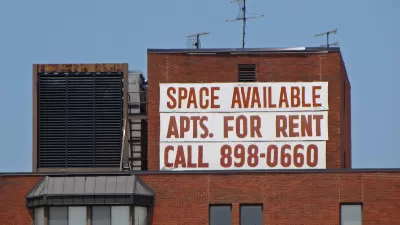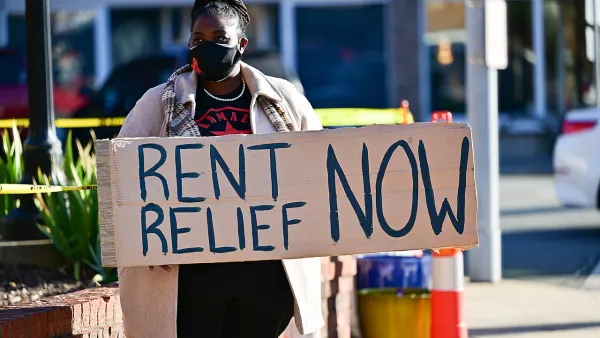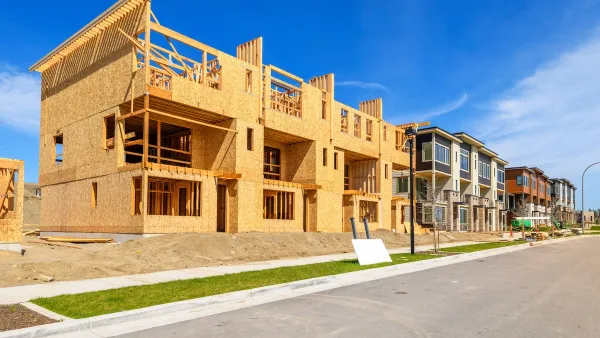Nuisance laws in Ohio cities endanger and discriminate against the victims of abuse, domestic violence, and the mentally ill.

Nuisance laws levy fines against properties that are the sites of multiple calls to 911. The rationale behind these laws is that, if criminals are regularly breaking laws on the same property, property owners should have a monetary disincentive for allowing the problems to continue. The ACLU writes "…alleged nuisance conduct (a category that can include assault, harassment, stalking, disorderly conduct, and many other kinds of behavior)." These fines can be levied whether the person living at the property is the criminal or the victim.
The result is that victims of abuse, assault or stalking can be fined for reporting abuse. These crimes, many of which already go unreported, become even harder to report when the victim fears a fine or that the authorities will contact their landlord.
Another problem for renters, is access to due process, "Fifty percent of the nuisance letters reviewed in the study were issued for renters. Those letters, most times, however, are sent to the property owner or landlord, giving renters no avenue to contest the findings, even when the issue at hand was in no way criminal," Vince Grzegorek writes for Cleveland Scene. This was exactly the case when a woman living in Lakewood Ohio was fined for being assaulted by a visitor in her home, who had broken her nose and concussed her.
That case is by no means an anomaly. In the cities of Bedford, Lakewood, Euclid and Parma “Domestic violence accounted for between 21 and 56% of the nuisance letters in the study — but it also includes people who have called 911 for mental health reasons, including reporting suicidal family members, or drug addiction," Grzegorek reports.

Maui's Vacation Rental Debate Turns Ugly
Verbal attacks, misinformation campaigns and fistfights plague a high-stakes debate to convert thousands of vacation rentals into long-term housing.

Planetizen Federal Action Tracker
A weekly monitor of how Trump’s orders and actions are impacting planners and planning in America.

In Urban Planning, AI Prompting Could be the New Design Thinking
Creativity has long been key to great urban design. What if we see AI as our new creative partner?

King County Supportive Housing Program Offers Hope for Unhoused Residents
The county is taking a ‘Housing First’ approach that prioritizes getting people into housing, then offering wraparound supportive services.

Researchers Use AI to Get Clearer Picture of US Housing
Analysts are using artificial intelligence to supercharge their research by allowing them to comb through data faster. Though these AI tools can be error prone, they save time and housing researchers are optimistic about the future.

Making Shared Micromobility More Inclusive
Cities and shared mobility system operators can do more to include people with disabilities in planning and operations, per a new report.
Urban Design for Planners 1: Software Tools
This six-course series explores essential urban design concepts using open source software and equips planners with the tools they need to participate fully in the urban design process.
Planning for Universal Design
Learn the tools for implementing Universal Design in planning regulations.
planning NEXT
Appalachian Highlands Housing Partners
Mpact (founded as Rail~Volution)
City of Camden Redevelopment Agency
City of Astoria
City of Portland
City of Laramie





























